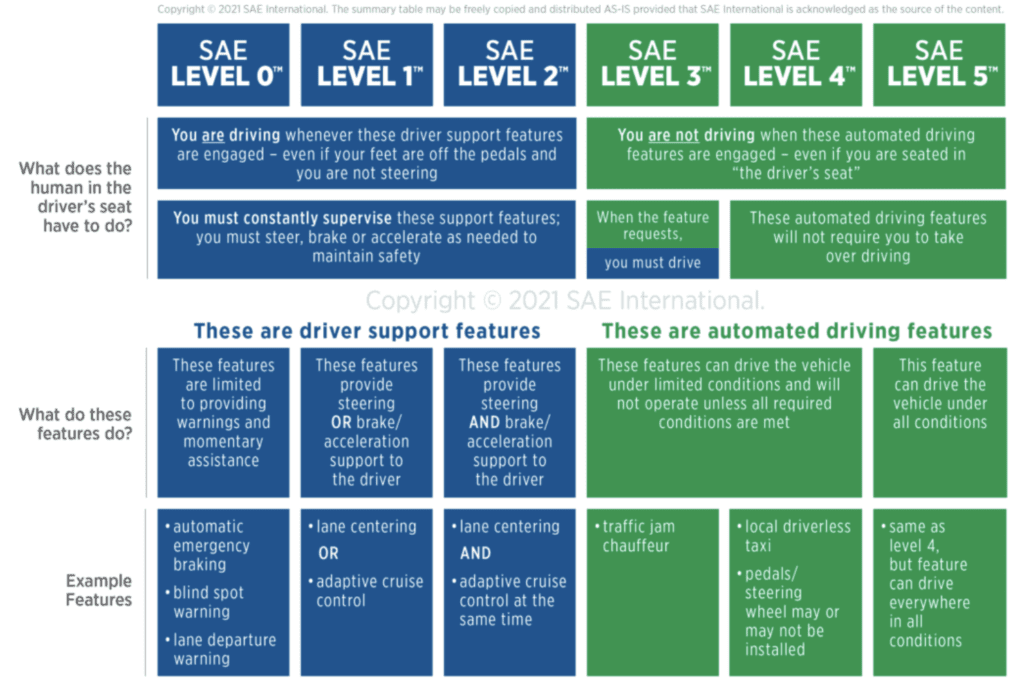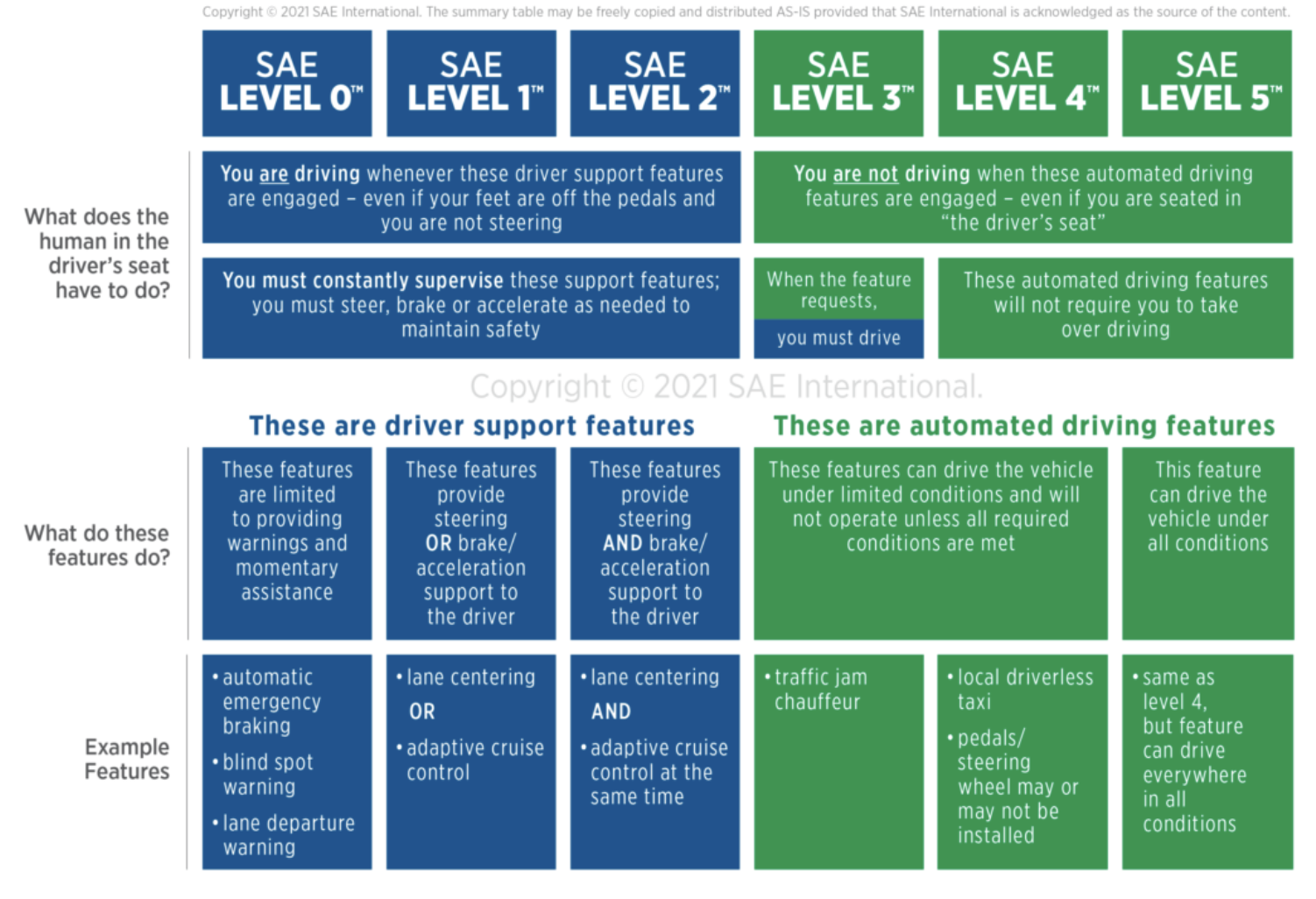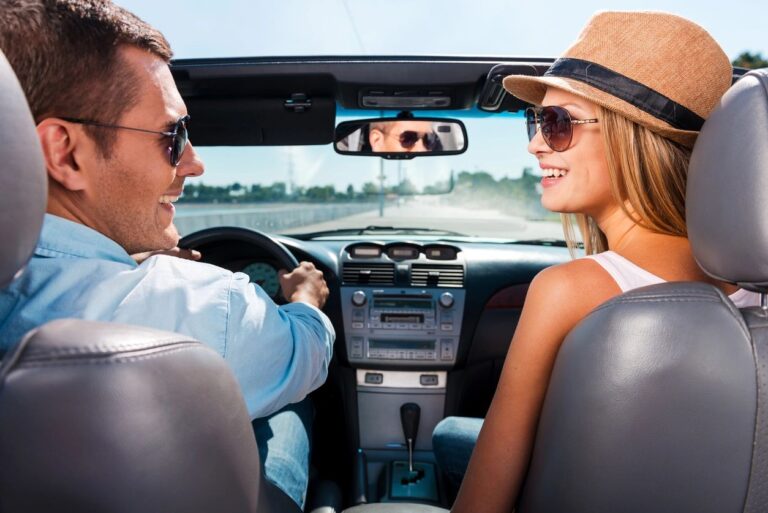Will (FUD) Full Unsupervised Driving Happen?
(I had AI help me write this article because I only have a few minutes this morning. :))
The promise of Full Self-Driving (FSD) vehicles has long been a topic of excitement, debate, and skepticism. As Tesla continues to push its FSD technology, other automakers are racing to catch up, making us wonder if we’re on the verge of a breakthrough—or are we still stuck in the phase of Full Unsupervised Driving (FUD) instead? In this article, I’ll explore some key questions Tesla hasn’t fully answered yet and what these uncertainties mean for the future of autonomous driving.
1. Can I Take a Break to Say Hi?
Imagine this scenario: your Tesla is cruising down the road, fully in charge, but you spot a friend on the sidewalk. Naturally, you want to pull over for a quick chat. What do you do? With traditional driving, it’s easy—you pull over, put the car in park, and step out. But with FSD, will the car know to stop, or will it continue on its predetermined route? Can you simply press a button, speak a command, or wave your hand for the car to pause?
The issue here is autonomy versus control. If the vehicle is entirely autonomous, it should anticipate these kinds of human needs. Yet Tesla hasn’t provided a clear answer. It makes me wonder whether true FSD can really feel human-friendly or whether it might limit our ability to interact with the world on a whim.
2. FSD as a Rideshare Fleet – What About Insurance?
Let’s say Tesla’s vision comes true, and you own an FSD-enabled car that you can deploy for Uber-like services. That sounds like a game changer, right? But what about insurance? I’ve yet to hear a clear explanation of what happens when you send your car out to pick up passengers without you behind the wheel.
How much would insurance cost in that scenario? Would you need a commercial insurance policy, or would Tesla bundle FSD insurance with the vehicle purchase? With the legal landscape around autonomous driving still evolving, I imagine we’ll be paying a premium for the unknown risks associated with FSD—especially when your car is out driving itself.
3. “Critical Interventions” – Should I Be On Edge?
Tesla has often referenced “critical interventions” during its FSD testing. This term makes me pause. Does that mean the driver must stay on high alert, constantly ready to take control if the vehicle veers off course or approaches a risky situation? In theory, FSD is supposed to make driving more relaxing. But if I have to sit in the driver’s seat with my hands hovering over the steering wheel, expecting the car to steer into oncoming traffic at any moment, that’s not a relaxing experience.
The whole point of self-driving technology is convenience and comfort. So far, Tesla hasn’t clearly explained how often these “critical interventions” happen—or why they happen—leaving many of us wondering if full autonomy is really as close as we’re being told.
4. Will Tesla License FSD to Other Automakers?
Another lingering question is whether Tesla will license its FSD technology to other automakers. This could be a pivotal move for the company, potentially turning Tesla into more than just a car manufacturer but a leader in autonomous driving technology for the entire industry. But how would such licensing work? Would Tesla allow other companies to customize the software for their vehicles, or would it come as a locked, “Tesla-branded” system?
If Tesla does decide to license FSD, it could become the Android of autonomous driving—widely adopted, but not exclusive. Or they could take a more Apple-like approach, keeping their tech proprietary and controlling its deployment tightly. We don’t know yet, and Tesla isn’t saying much on the subject.
5. Will Robots Ride Shotgun?
What about robots? We’re already seeing AI robots and drones used in industries from logistics to security. Could robots become part of Tesla’s FSD ecosystem as backup drivers or even assistants? Imagine a robot that not only monitors driving performance but can also help load and unload cargo or manage passenger comfort during rideshare trips.
It’s not far-fetched to envision a future where you can finance a robot companion alongside your Tesla vehicle, offering another layer of functionality. But so far, Tesla hasn’t hinted at any such plans. If they did, it would raise even more questions about financing, maintenance, and user experience.
6. The Regulatory Roadblock
Finally, the biggest elephant in the room: regulations. Even if Tesla perfects FSD tomorrow, it can’t hit the road without regulatory approval. And right now, that approval process looks slow and fragmented across different states and countries.
What’s the expected timeline for regulatory approval? Tesla has been vague on this front, and with good reason. It’s a complex issue involving safety standards, public trust, and a legal framework that hasn’t caught up with the pace of technological advancement. We might see small, localized approvals in certain areas, but widespread adoption of FSD could still be years away.
The Bottom Line
So, will we see FSD or FUD on the road soon? Tesla’s making huge strides, but many unanswered questions remain. Until we know more about how FSD interacts with human drivers, insurance companies, regulators, and even robots, it feels like we’re still dealing with more FUD than FSD.
The potential is enormous, but the reality? It might take longer than we think. For now, I’ll keep asking these questions—and maybe one day, Tesla will answer them.








